Cross-posted from here.
I’m going to combine the reviews for this duology, because they really are two halves of the same story and I don’t think it’s fair to review them separately. You shouldn’t read the second one without reading the first.
Eon by Alison Goodman
5 / 5 stars
(Winner of an Aurealis Award for best Fantasy Novel)
 Eon is set in an oriental-inspired fantasy world where dragons are required to protect the land from monsoons and ensure bountiful harvests. Each year, a different dragon (out of twelve) “ascends”, increasing the power of the lord bound to that dragon and ushering in a new apprentice for that lord.
Eon is set in an oriental-inspired fantasy world where dragons are required to protect the land from monsoons and ensure bountiful harvests. Each year, a different dragon (out of twelve) “ascends”, increasing the power of the lord bound to that dragon and ushering in a new apprentice for that lord.
Eon is one of a handful of candidates vying to be the next year’s apprentice. He is supposedly a crippled eunuch, so no one particularly expects him to be chosen by the dragon. In fact, the only reason he is even under consideration is because he has an unusually strong affinity for being able to see the dragons (they are invisible to normal people most of the time). He is also secretly a girl.
This starts off as a “girl dresses up as boy because girls aren’t allowed to do anything cool” story, but quickly moves on to addressing deeper issues besides female oppression. On the one hand, being a cripple in a land where deformities are considered unclean and unlucky puts her at a further disadvantage, on the other this ends up helping her deception thanks to segregation. It also fosters a strong sense (in the reader) of “she can’t do it as well because of her leg” rather than “she is struggling because she is female” which is sort of refreshing.
Unlike the Alana books by Tamora Pierce, which more or less culminate in Alana achieving her goal of being a knight, Eon’s choosing ceremony takes place at the start of the book, and the story is of her journey afterwards, not leading up to it. (Needless to say, the ceremony doesn’t quite go according to anyone’s plans. What a surprise.) A lot of the subsequent plot revolves around political intrigue and dastardly plots, which I don’t want to give away.
Then there is the stellar cast of supporting characters. There is the master who gambols everything on a girl candidate (if she is discovered, they will both be put do death) in the hopes that she will succeed and bring them both wealth and power. He’s not the most lovable of characters, but I retrospectively found his faith in her endearing. There is Lady Dela who, we quickly learn, is a woman in a man’s body. (“Why would you want to dress as a woman?” asks Eon. “Women have no power!”) And a few other allies who help her along the way.
One thing I found refreshing about this book is that there is no love interest or romantic plot. Eon does spare a few thoughts for some of the men around her, but they are questioning thoughts, rather than wishful ones. The romantic storyline shows up in book two and, the way the world and plot are structured there is no sensible way for it to have started in the first book, so I’m glad the author didn’t force it in.
When, inevitably, people start to find out the truth about her, their reactions are interesting and broad (well, once they get past the initial shock), but I don’t want to spoil the entire spectrum here.
The book ends on a cliffhanger, and you will probably want to have the second book on hand when you finish the first.
~
I want to make a comment about both books together before moving on to the slightly spoilery review of book two.
These books were published by HC’s YA imprint and hence — presumably — marketed at YA. I’m not sure why. I don’t mean that I thought they were inappropriate or anything like that. In fact, I almost feel like it was the 16 year old protagonist and the lack of explicit sex that led them to be classed as YA. And, as a consequence, which led me to not read them until now. I only really read the really big YA books, or ones explicitly recommended to me, so this escaped my notice when it was release. I can’t help but feel that if it had been published by HC’s fantasy imprint (Voyager) I would have noticed when it came out and would have read it then.
I’ve read other non-YA fantasy books with YA-aged protagonists, so what makes this one YA? Marketing?
Anyway, moving on.
*
**** SPOILERS ****
WARNING: REVIEW FOR EONA CONTAINS SPOILERS FOR EON
**** YOU HAVE BEEN SPOILER-WARNED ******
*
*
*
*
*
Eona by Alison Goodman
4.5/5 stars
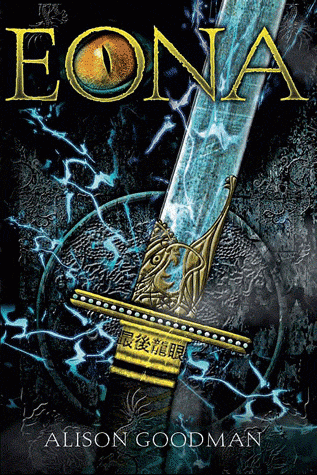 Picking up almost immediately where Eon left off, Eona continues the story of the girl Dragoneye caught up in court politics and a power-play by the late Emperor’s half-brother. Most of the story revolves around the resistance fighters (who want to put the rightful heir on the throne for a variety of reasons, including him not being a sadistic bastard) Eona coming to learn about her powers (or realising how much she doesn’t know) and the delightfully morally ambiguous other surviving Dragoneye who was positioned as the bad guy in book one.
Picking up almost immediately where Eon left off, Eona continues the story of the girl Dragoneye caught up in court politics and a power-play by the late Emperor’s half-brother. Most of the story revolves around the resistance fighters (who want to put the rightful heir on the throne for a variety of reasons, including him not being a sadistic bastard) Eona coming to learn about her powers (or realising how much she doesn’t know) and the delightfully morally ambiguous other surviving Dragoneye who was positioned as the bad guy in book one.
Now that Eona has given up trying to hide her gender, she still has to come to terms with what being a girl means. People treat her differently (useful when they assume she can’t use the swords she’s holding), she faces different risks, and she finds that she has to “learn to be a girl”. I found it delightful that Lady Dela (the woman in a man’s body) felt even more uncomfortable in man clothes (part of their disguise) than Eona did in a dress. Mostly Eona just complained that skirts were silly. More could have been done with this, but she did rather have other things on her mind.
A small gripe I had was the amount of “as you recall from book one” writing at the start. I mean, it wasn’t particularly badly done, but having picked this book up straight away, the reminders felt a bit clunky and could have perhaps been a bit more integrated. That said, if you were unfortunate enough to have a longer gap between the two books, I doubt this would be a problem.
There was a lot more angst for Eona in this book. In the first book, she knew what she had to do (be Eon) even when she didn’t really know what she was doing. And for most of the book, people expected her to flail a bit because she was new to her situation. In this book, a lot of people are relying on her and there’s a looming issue of having to save the kingdom from natural disasters as well as from civil war. She angsts and makes some poor choices which made me want to slap her. (Luckily, one of her friends slaps her every now and then, which was a bit mollifying.) While it was at times frustrating to read, that sort of connection and caring for the characters takes some good writing, which the author pulls off. I just wish she’d been slightly less of an idiot at times, even if it was justifyable in terms of where she was coming from as a character. (If you’re wondering, this frustration is the main reason I rated this book less highly than the first one.)
The ending was nicely conclusive and tied up all the loose ends. It did end rather abruptly exactly as soon as said ends were tied up, however. I was left wanting to know what happened next as they picked up the pieces of the world-almost-ending-incident. I thought an epilogue set some time afterwards would have been nice. However, on reflection, such an epilogue would have made it harder for a particular point of ambiguity remaining ambiguous. Given how that point ought to play out, perhaps this isn’t such a bad thing. (What? I don’t want to spoil ALL the things.)
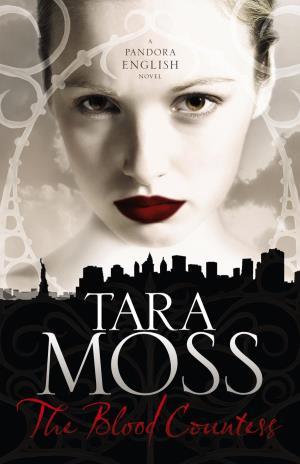

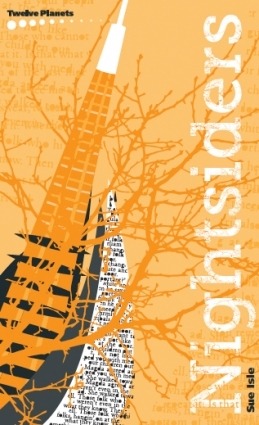 Nightsiders by Sue Isle is a collection of four short stories set in the same world. It is part of
Nightsiders by Sue Isle is a collection of four short stories set in the same world. It is part of 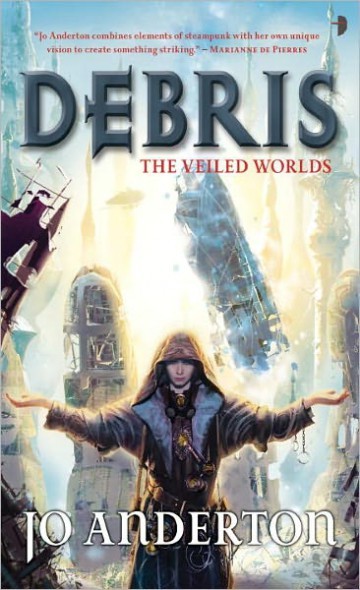
 This was actually a fairly difficult book to track down. When I first made my list of possible science fiction books by Australian women, many were out of print. This was one of them. Or so I thought at first, since it was published in 1999 and not readily available in the usual places. I actually found it on
This was actually a fairly difficult book to track down. When I first made my list of possible science fiction books by Australian women, many were out of print. This was one of them. Or so I thought at first, since it was published in 1999 and not readily available in the usual places. I actually found it on 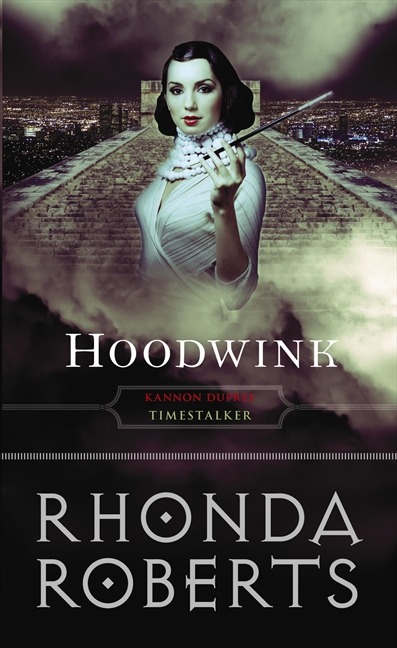
 Eon is set in an oriental-inspired fantasy world where dragons are required to protect the land from monsoons and ensure bountiful harvests. Each year, a different dragon (out of twelve) “ascends”, increasing the power of the lord bound to that dragon and ushering in a new apprentice for that lord.
Eon is set in an oriental-inspired fantasy world where dragons are required to protect the land from monsoons and ensure bountiful harvests. Each year, a different dragon (out of twelve) “ascends”, increasing the power of the lord bound to that dragon and ushering in a new apprentice for that lord. Picking up almost immediately where Eon left off, Eona continues the story of the girl Dragoneye caught up in court politics and a power-play by the late Emperor’s half-brother. Most of the story revolves around the resistance fighters (who want to put the rightful heir on the throne for a variety of reasons, including him not being a sadistic bastard) Eona coming to learn about her powers (or realising how much she doesn’t know) and the delightfully morally ambiguous other surviving Dragoneye who was positioned as the bad guy in book one.
Picking up almost immediately where Eon left off, Eona continues the story of the girl Dragoneye caught up in court politics and a power-play by the late Emperor’s half-brother. Most of the story revolves around the resistance fighters (who want to put the rightful heir on the throne for a variety of reasons, including him not being a sadistic bastard) Eona coming to learn about her powers (or realising how much she doesn’t know) and the delightfully morally ambiguous other surviving Dragoneye who was positioned as the bad guy in book one.